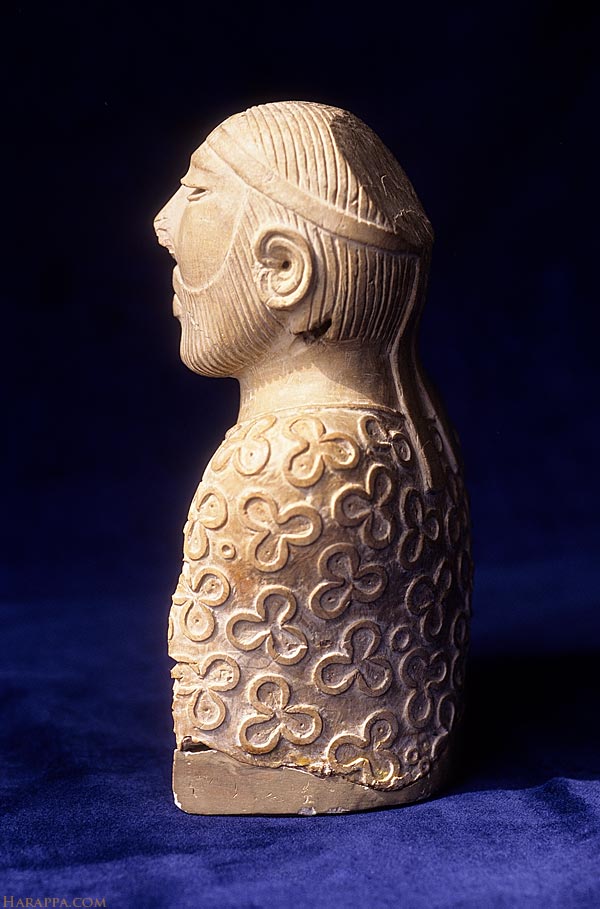
Surely for a civilization to be so strong, it would need some sort of system of government. Yet I have heard very little evidence of a ruling party or even so much as a hierarchy or caste system within the civilization?
Gwen Robbins Schug
At various times over the past century, and in a manner that broadly corresponds to the history of archaeology itself, the Indus civilization has been characterized as hierarchical or more heterarchical. Piggott and Wheeler famously described it as a prehistoric state built on hierarchical relations based on analogy with West Asian civilizations in the third millennium and “casual observations” of the archaeological record (Dhavalikar 2002). Possehl equally famously argued for a more cooperative model of complexity without bureaucracy, in which authority was collectively assigned and integration was achieved through shared values (Possehl 2002).
The Indus civilization was clearly complex and also ordered. However, new approaches to the question of social organization are required given that the same archaeological record has been used to support these opposing models. A hierarchical social organization requires diversity combined with inequality, which is evaluated in archaeology based on the emergence of exclusion in the archaeological record. In other words, it should be evident that there was unequal access to resources, goods, decision-making, and power. We already know the civilization had a heterogeneous composition, in large part due to the fact that many cities were built just prior to or at the beginning of the Urban Period, they were laid out in an organized manner, and populated with immigrants from the region and from as far away as Mesopotamia.
Recent analyses of mortuary treatment and evidence for significant differences in trauma and pathological profiles between different burial areas at Harappa have suggested that exclusion was also a fact of life in the Indus city of Harappa. My colleagues and I have demonstrated that novel infectious diseases appear in the Urban Period, mycobacterial infections that may have travelled to the subcontinent along the extensive trade routes with West Asia. We have also demonstrated that people interred in Area G had a much higher likelihood of presenting skeletal lesions than those interred in Cemetery H or R-37. Further excavation at Area G is required to elucidate the nature of the remains assembled in this area but the remains uncovered thus far were also much more likely than those buried in Cemetery H and R-37 to present evidence of violent injury. People buried in the city cemeteries did present evidence of leprosy and violent injuries, suggesting these were not the cause of exclusion from the cemeteries. Rather it could be that people who were interred in Area G were interred here for other reasons, things having to do with community membership, individual or individual identity, or place of origin. This hypothesis must be tested with additional evidence but at this point, the bioarchaeological patterns of trauma and pathology are best explained as evidence of heterogeneity combined with exclusion at Harappa, emergent features that support a hierarchical model of social organization.
Massimo Vidale
Almost nothing. I agree with the scholars that think that the largest Indus cities had a heterarchic form of government, somehow like some rich trading cities of medieval Europe, that were ruled by lords elected or selected among a restricted group of powerful families harshly competing for power and status. Such an explanation accounts for many peculiar traits of the Indus society (absence of a single evident seat of power or temple, equal distribution of power and status signs among the various walled compounds, ecc.). But I admitt that also this view, at present, is a mere conjecture.
Above: Side view of Priest King, Mohenjo-daro.
